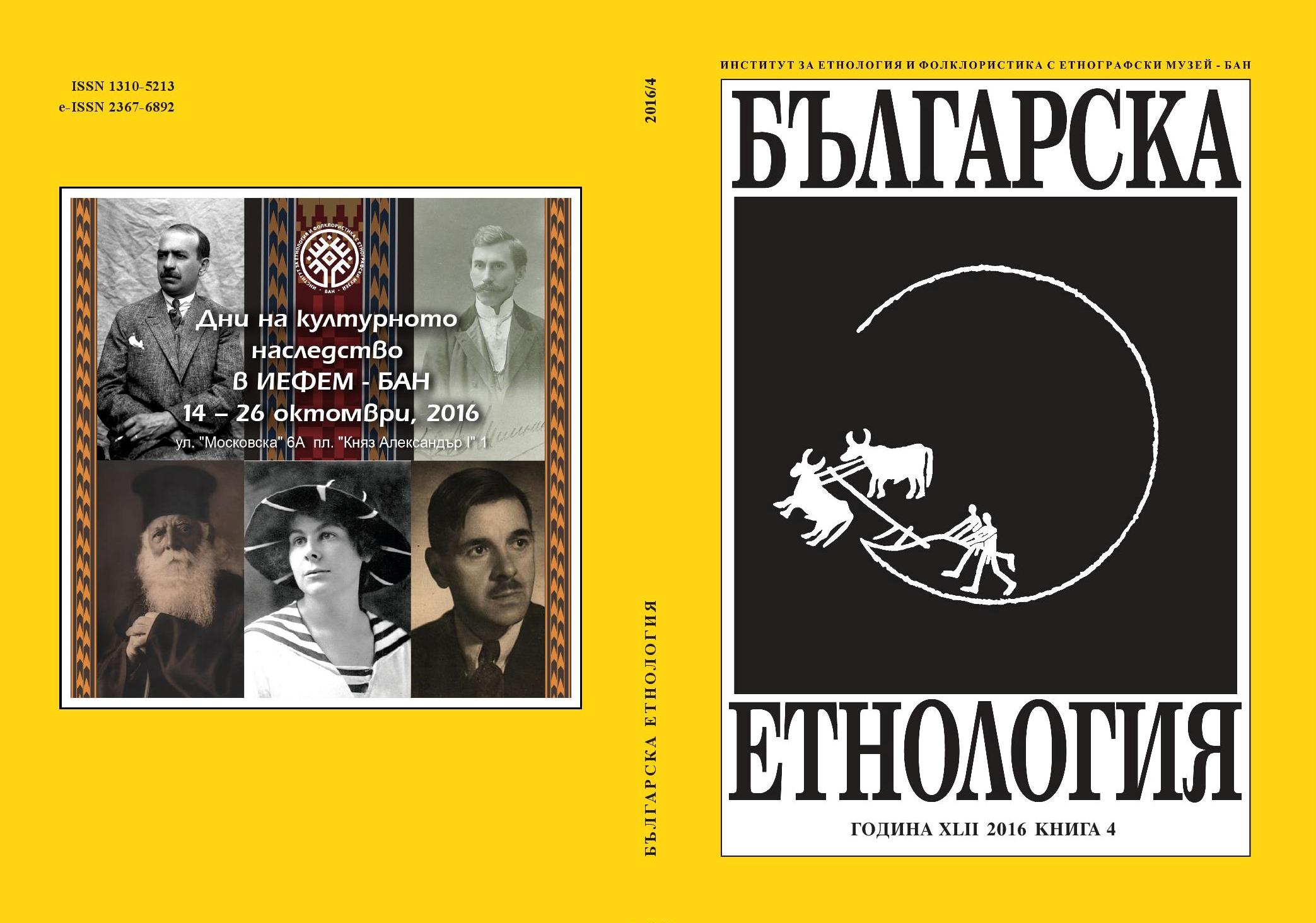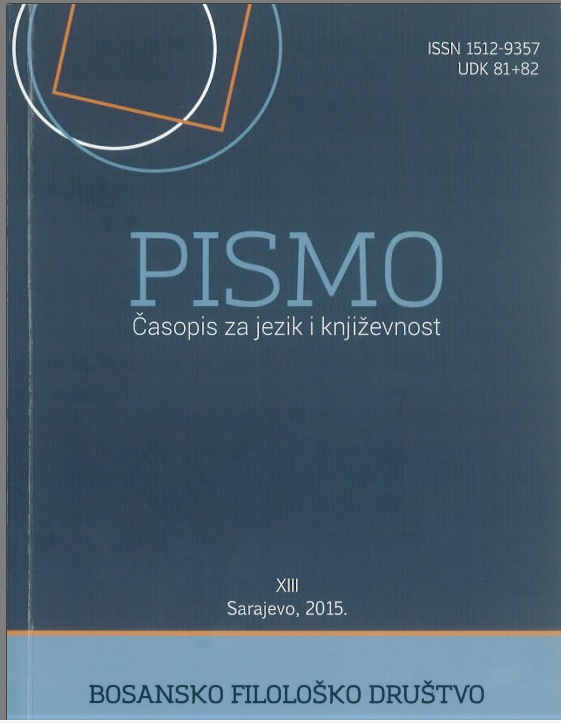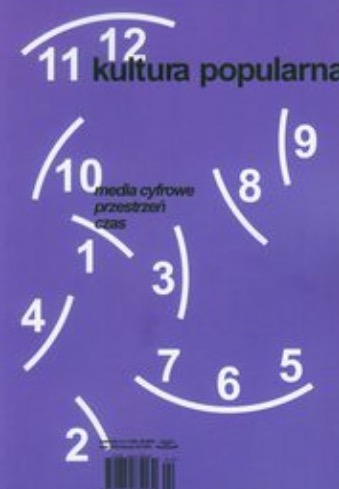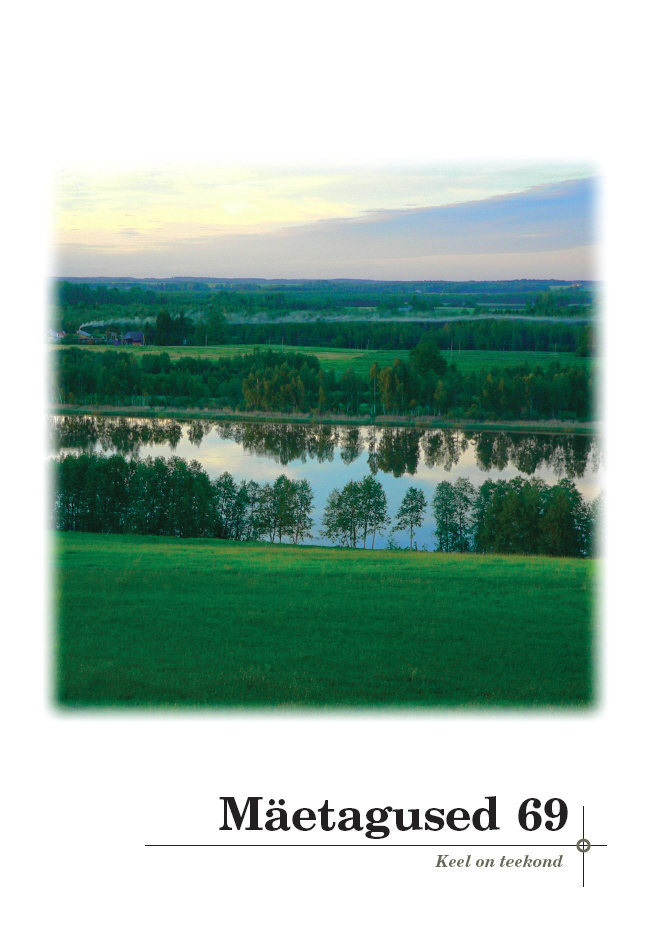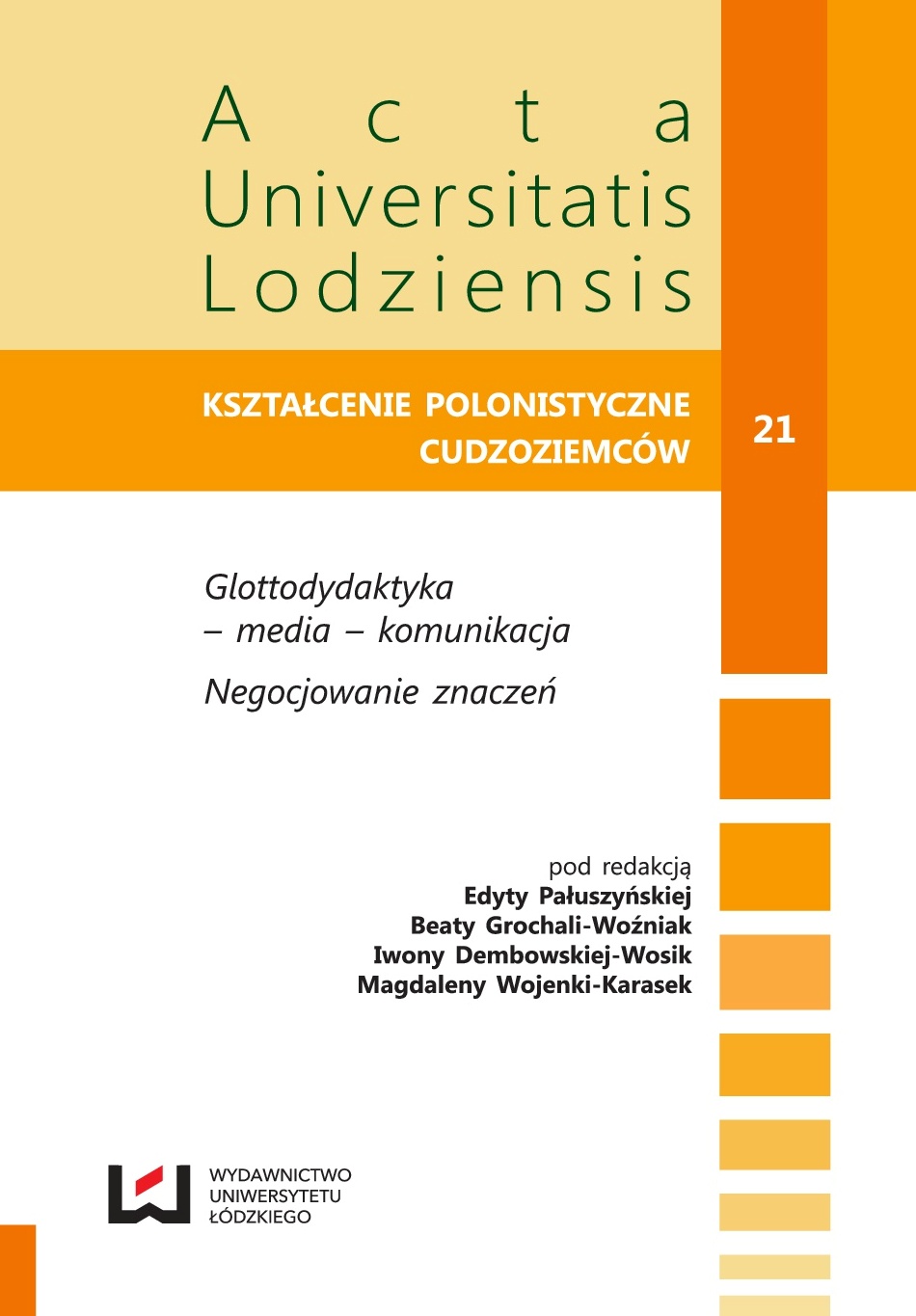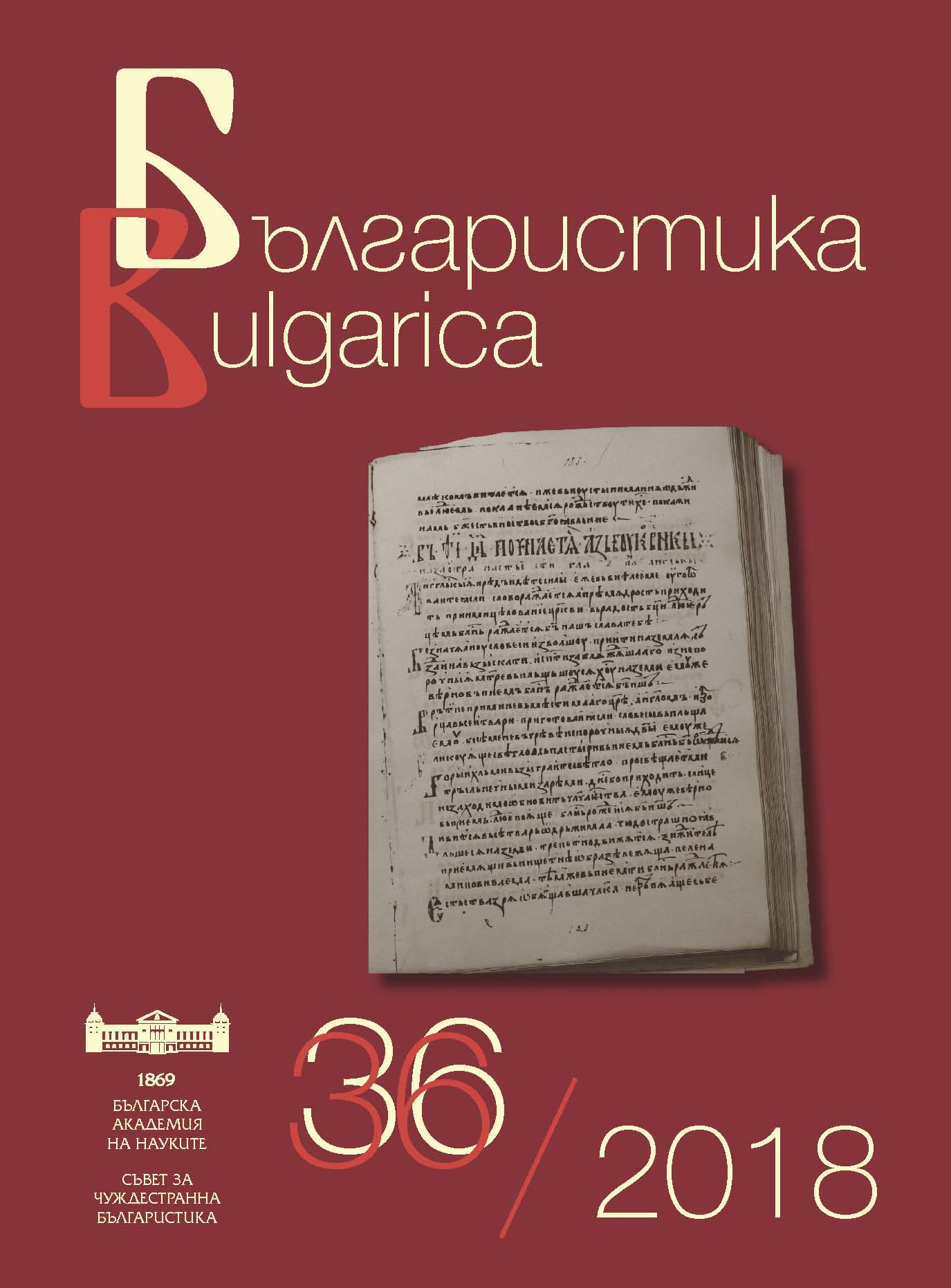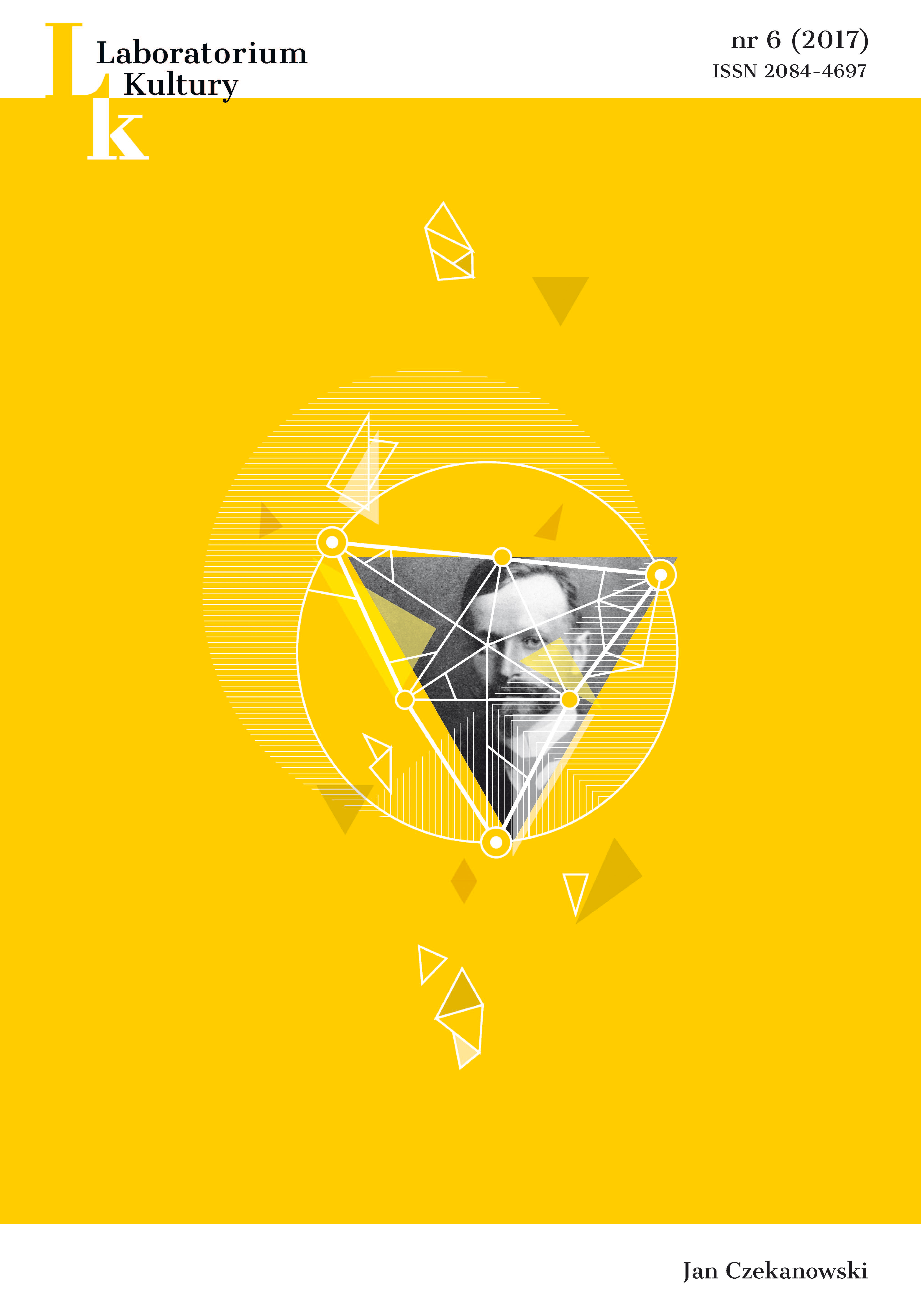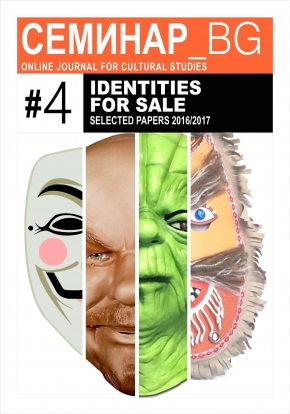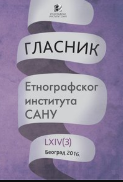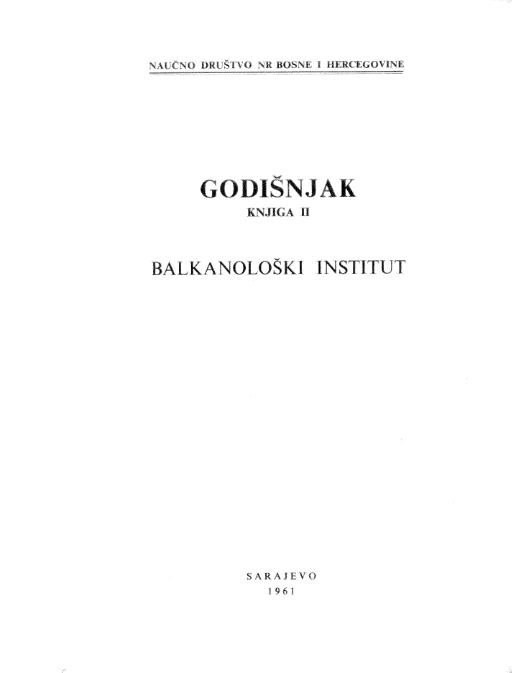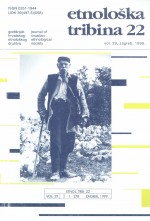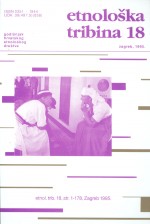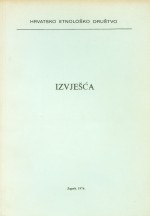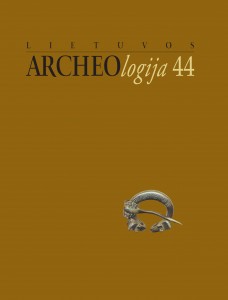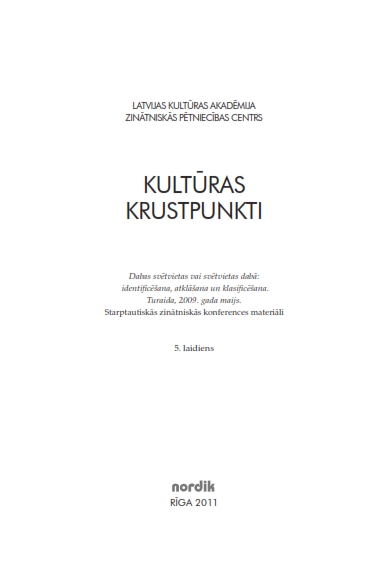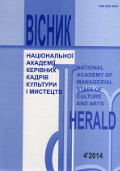
СТАНОВЛЕННЯ МУЗЕЙНОЇ СПРАВИ У М. ПЕРЕЯСЛАВІ-ХМЕЛЬНИЦЬКОМУ: 40–60-і роки ХХ ст.
The article is devoted to the basic processes of formation of an outstanding museum institution in Ukraine in 1940-1960's – National Historical and Ethnographic Reserve "Pereyaslav". A number of archive documents, records of the repository collection of NHER "Pereyaslav" were used that allowed to clarify some aspects of the history of the museum institution formation in Pereyaslav-Khmelnytskyi.The aim of the given research is the integrated coverage of the history of formation of Pereyaslav-Khmelnitsky Historical Museum on grounds of the analysis of unintroduced, little known and published sources. During the research, systematic and diachronic analyzes as well as the retrospective method, and general scientific methods (analysis and synthesis) were used.The museology is quite a potent cultural layer due to which visitors get an idea of various aspects of human existence, and museum institutions themselves play an important role in the preservation and investigation of cultural heritage of any country. The establishment of museology in Pereyaslav area was preceded by a period of accumulation and collecting. In 1917 the first regional historical museum in Pereyaslav-Khmelnytskyi was situated in the building of Pereyaslav collegium of the 18th century. This museum sustained considerable damages during the Russian-German War in 1943, and funds were destroyed.The next museum exhibition was created in 1946 in the fitted premises – the building of the local doctor A.Y.Kozachkovskyi, who was a friend of the famous Ukrainian poet Taras Shevchenko. The new museum was located in three rooms and its newly raised funds amounted to about 700 museum pieces, the pre-war funds were not preserved. The Council of Ministers of USSR planned to close the regional historical museums both in the town of Pereyaslav-Khmelnytskyi and in the city of Bila Tserkva to establish on their basis Bila Tserkva District Museum of Local Lore.On the basis of archival sources of the State Archive of Kiev region and the Central State Archive of Supreme Bodies of Authorities and Management in Ukraine the article makes a hypothesis that it was the state level celebration of the 300th anniversary of Pereyaslav Council and the appointment of Mikhailo Ivanovych Sikorskyi that have become the main catalysts for the creation of the Reserve in the town of Pereyaslav-Khmelnytsky. Currently it plays an important role in maintaining and investigation of the cultural heritage of Ukrainian people. In view of the laid down statements in the article, it was concluded that in 1950’s the historic museum of Pereyaslav area promoted achievements of socialist construction and the Soviet regime.The article indicates some aspects of the opening of the first museum expositions in Pereyaslav area (the Archaeological Museum, the Memorial Museum of architect V.H. Zabolotnyi) that form a part of the museum complex structure. The prerequisites and the beginning of creation of the first Ukrainian open-air museum – the Museum of Folk Architecture and Life of the Middle Naddnipryanshchyna have been predetermined. Particularly, the first ethnographic exposition was placed in the fitted premises in Mykhailivskyi Monastery, which is why it could not depict the life of the Ukrainians in the 19th century to the full extent.Therefore, beginning from the 1960’s an ethnographic exhibition was created on the new site that eventually covered an area of over 24 hectares. The above-mentioned open-air museum was founded mainly on the basis of immovable historic-cultural monuments of the Middle Dnieper villages that were flooded during the creation of the Kaniv reservoir. The main structural unit of the open-air museum is a manor house. Along with the manor houses there were windmills, sacral and public buildings of the 19th century.In a period of sixty years, Mykhailo Sikorskyi has made a significant contribution to the study of the history and culture of Ukraine, in particular, of Pereyaslav area, turning the town into a prominent center of culture and spirituality, the treasury of monuments of our country, and has created a unique museum complex – Pereyaslav-Khmelnytskyi State Historic and Cultural Reserve, which in 1999 was granted the status of National Reserve.The employees of Pereyaslav museums, headed by M.I. Sikorskyi, in a period of almost half-century could create an important culturological resource that we have to use skillfully today in order to critically redefine the past of Ukrainian people.
More...
